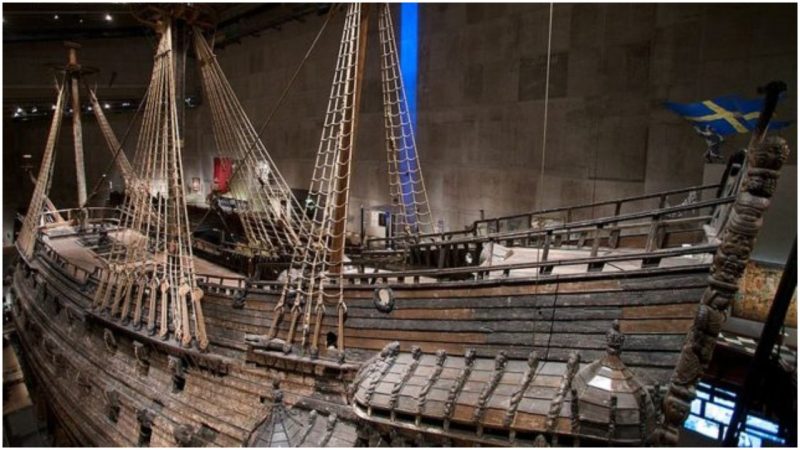Throughout history, there have been a significant number of famous ships that sank on their maiden voyage. The list includes the RMS Titanic, the RMS Olympic, the MS Georges Philippar, the SS John Morgan, and many others. The reasons for the demise of these vessels were usually a combination of human error, adverse weather conditions, and overambitious design.
Overambitious design and megalomaniac desire to display power were the causes of the unfortunate sinking of Vasa, a Swedish warship that was one of the longest and best-armed wooden ships ever constructed.
Vasa was built on the orders of Gustavus Adolphus, a Swedish king who ruled during the first half of the 17th century. A ruler since his teenage years, Gustavus Adolphus led Sweden through arguably the most turbulent era in the history of the country.
Apart from being a great leader, an exceptional tactician, and a brave warrior, King Gustavus Adolphus was also largely responsible for turning the tide in the Thirty Years War and for saving Protestantism in Germany from annihilation.
Prior to his coronation, Sweden was nothing more than just another Baltic state that could be easily defeated by the Poles and the Russians, but it appears that everything changed dramatically after the succession of the 16-years-old Adolphus.
One of his main goals was to create a professional army that would be capable of strengthing the position of his country in the region. Adolphus’ plan worked thanks to his numerous military innovations, and Sweden soon become a regional power. In the following years, it went on to become one of the most powerful countries in Europe. It is no wonder that many military historians and strategists consider King Gustavus Adolphus one of the greatest generals in history.
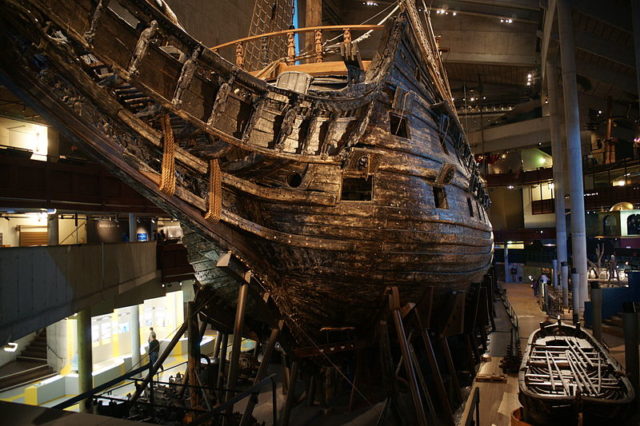
A great king such as Adolphus needed a powerful warship to aid the Swedish naval forces, so he ordered the construction of Vasa.
The ship, built in 1628, was 157 feet long and was armed with 64 customized bronze cannons; it was heavily decorated to represent the power and glory of the king. However, the engineers who inspected the ship upon its completion discovered that Vasa had a dangerous structural flaw: the upper structure of its hull was simply too heavy due to the weight of the cannons and too many heavy wooden ornaments.
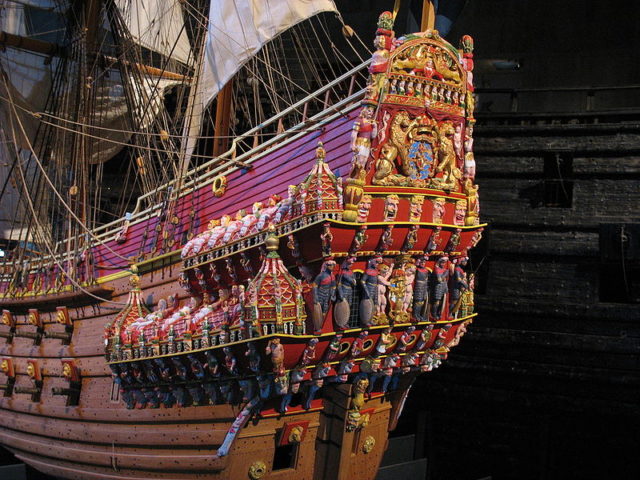
Although the engineers who conducted the security survey warned officials of the Swedish court that the ship’s hull needed to be readjusted, the officials were afraid to confront the king with this critical flaw. They decided to remain silent, and the king ordered the ship to sail on August 10, 1628.
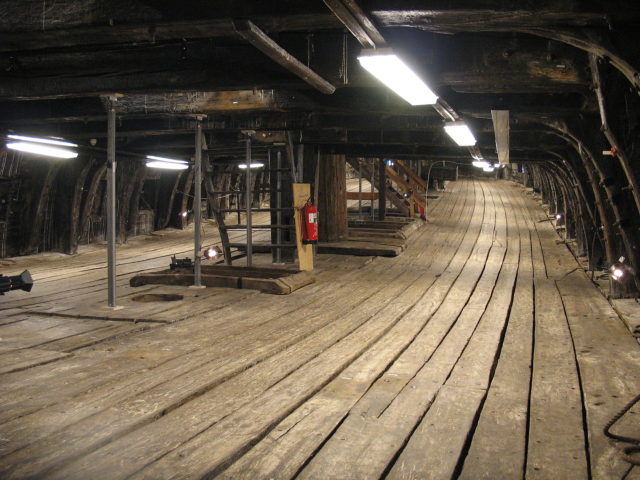
The ship didn’t even make it out of Stockholm harbor, sinking only minutes after leaving the dock. It traveled roughly 1,400 yards before encountering strong wind and waves that filled the hull with water. The weight of the upper structure of the hull was crucial to the ship’s demise, because it acted as a weight and quickly pushed the ship into the depths.
King Gustavus Adolphus was infuriated and immediately organized a detailed investigation into the cause of the ship’s sinking, but the investigators couldn’t find any solid evidence to form accusations and no one was ever held responsible for the fiasco.
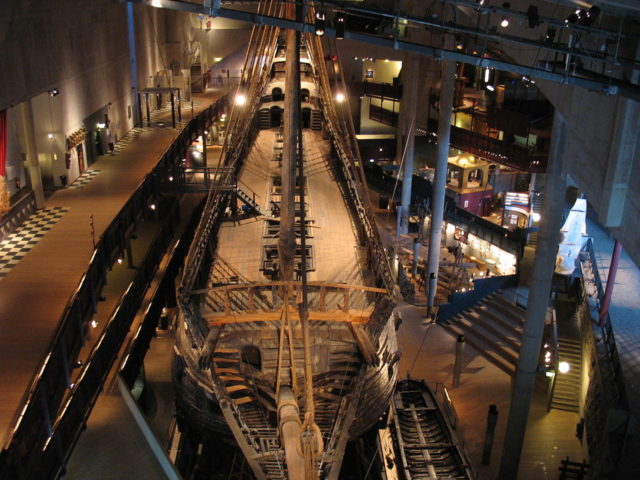
Vasa’s cannons and metal parts were all salvaged by the beginning of the 18th century. And in 1961, the ship was completely recovered in an effort organized by the Swedish government.
Read another story from us: Legal pirates of the high seas – here’s how to bag yourself a ghost ship
Nowadays, it can be seen in its glorious entirety in the Vasa Maritime Museum in Stockholm, where it serves as a reminder of the “great power period” of the Kingdom of Sweden.
